A horticulturist's guide to Australian native plants
Why natives? Well, that’s our speciality at the Australian Botanic Garden Mount Annan and we are here to share what we know about native plants, encourage home gardeners to grow them and celebrate their unique beauty with the world.
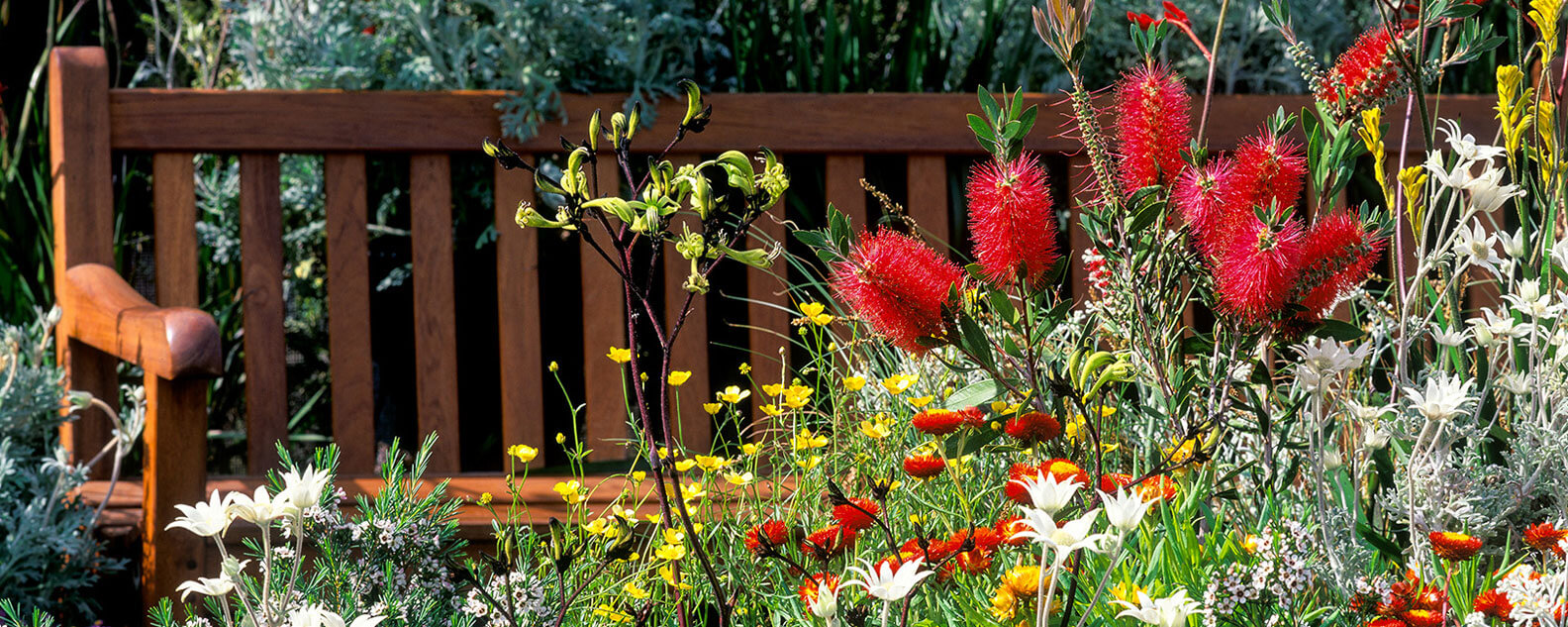
The horticulture team at the Garden carefully look after the incredibly diverse native plants that are found across the woodlands, grasslands, rainforests, horticultural displays and new seedlings in the Nursery – encompassing 416 hectares of land.
Native plants for home gardeners
Whether it’s a lawn, hedge, well-drained garden bed or a small indoor space, there is a diverse range of stunning native plants to choose from to create a unique Australian oasis at your home.
Below is a small selection of our favourite native plants from the horticulturists at the Australian Botanic Garden Mount Annan. We would love to hear what your top picks are too.
Top native plants for uniqueness, importance and beauty
Telopea speciosissima (Waratah)
This is probably the most recognisable Australian native plant due to its striking colour and for holding the prestigious title of New South Wales' floral emblem.
These evergreen shrubs are low maintenance and can be used as a feature plant in a large pot or garden bed. The flowers are mostly bird pollinated and will attract eager honeyeaters to your backyard.
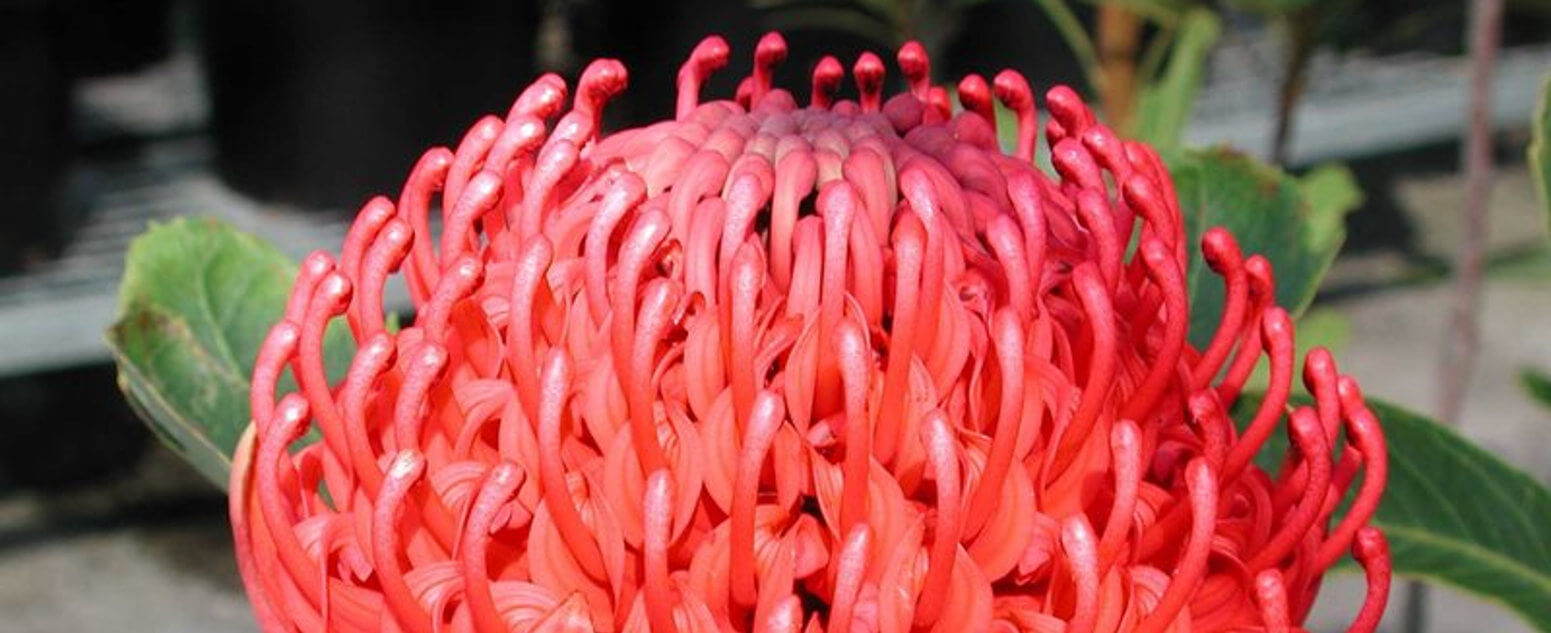
Telopea speciosissima (Waratah) is found throughout New South Wales.
Grevillea eriostachya (Desert Grevillea)
We love Grevillea plants so much that we dedicated a Garden to display their spectacular flowers. The Desert Grevillea are found across Western Australia and produce a tall golden yellow flower in late winter and spring.
They are drought and frost resistant making them a low-maintenance must-have for most Australian gardens with full sun.
The Australian Botanic Garden Mount Tomah has an extensive display of Grevillea which adds to the Garden's bird diversity.

Grevillea eriostachya (Desert Grevillea)
Pimelea spectabilis (Rice flower)
Another Western Australian beauty, the Pimelea spectabilis produce the largest flower clusters in the Pimelea genus and bloom in winter and spring.
This native plant does best in dry, sunny gardens but can be featured in a pot with well-drained soil if you are in an area with humid, wet summers.
Pimelea spectabilis make a wonderful addition to home gardens because of their unique blooms.

Pimelea spectabilis
Two native plants that are great water savers
Doryanthes excelsa (Gymea lily)
A stunning Sydney local, Doryanthes excelsa is found across the basin and throughout New South Wales. It makes an excellent container plant and will provide a striking architectural effect to your garden.
Plants grown from seed will not flower until about eight years of age so we recommend sourcing an established plant from a nursery.
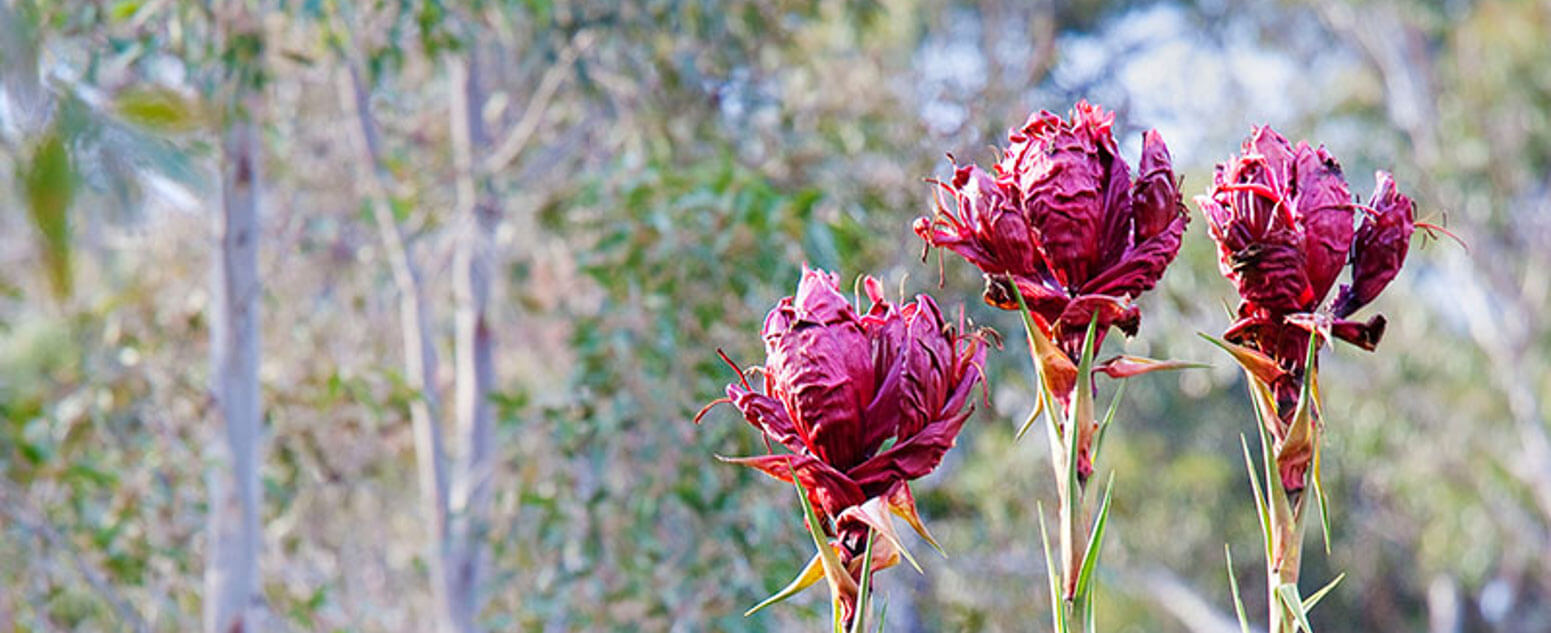
Part of the Agavaceae family, the Gymea lily flowers in spring.
Carpobrotus glaucescens (Native pig face)
Carpobrotus glaucescens is a native succulent that is perfect as ground cover, binding sandy soil or preventing wind erosion. They are hardy plants that can tolerate extended dry periods or strong winds. The large, daisy-like flowers bloom from October to January but also sporadically throughout the year.
The fleshy fruit and leaves have been used by Aboriginal Peoples as bush food and bush medicine. The fruit is said to taste like salty apples and when roasted, the leaves have been used as a salt substitute.
The juice of the leaves can be used to relieve pain from insect bites and colonial settlers were known to use them as an anti-scurvy treatment.
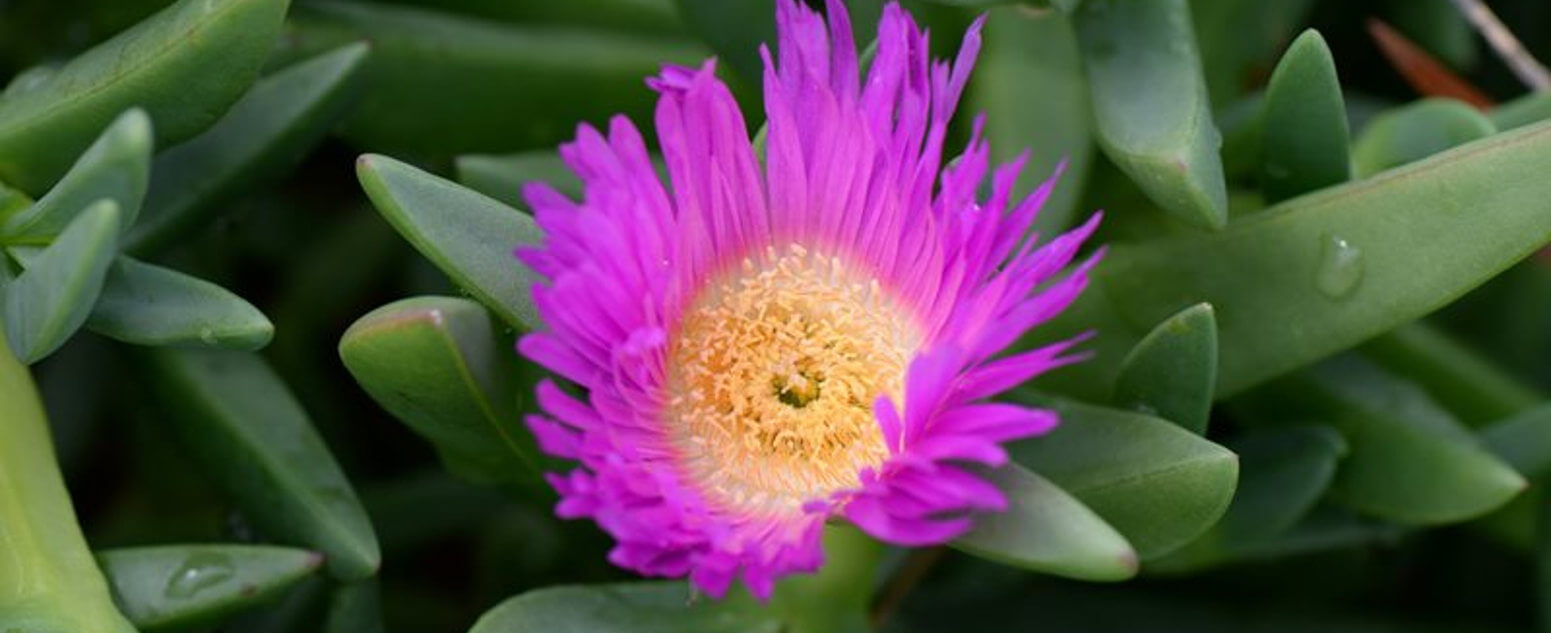
Carpobrotus glaucescens can tolerate full sun or partial shade.
Three sustainable and stunning native plants
Dwarf Acacia (Dwarf Wattle)
Acacias (Wattles), are the largest group of plants in Australia and our Wattle Garden features many of the 950 species including Australia’s floral emblem Acacia pycnantha. Dwarf species such as Crimson bush, Austraflora Winter Gold, Bower beauty and Limelight are sustainable and low-maintenance options that provide a vibrant sunshine-like colour in the darkest months of winter.
They are low-spreading shrubs that require well-drained soil in full sun or partly shaded position. If you have clay soil, plant it in a raised bed or mound the soil to improve drainage.
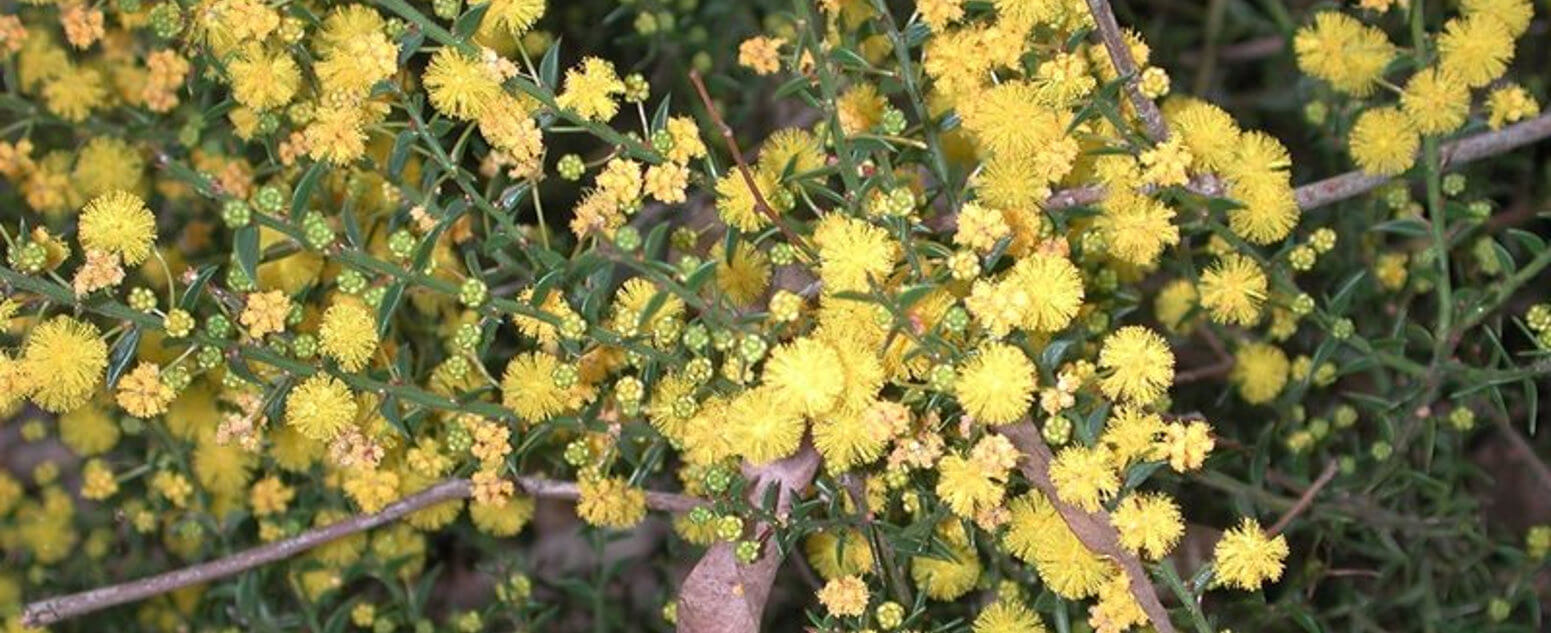
Acacia amblygona commonly known as Winter Gold attract nectar eating birds and insects.
Austromyrtus dulcis (Midgen Berry)
Austromyrtus dulcis, known as Midgen Berry, flowers in spring and summer and has sweet-tasting fruit produced from spring to autumn in waves.
The fruit can be picked and eaten straight from the plant, the berries are white and covered in small blue spots, giving it a unique appearance.
Midgen berry is an easy plant to grow in gardens, containers or pruned as a small shrub perfect for small balconies and courtyards.

Austromyrtus dulcis
Bossiaea walkeri (Cactus pea)
Belonging to the native pea-family Fabaceae, Cactus pea, has flattened stems which are a pale blue-green colour that helps protect the plant by reflecting heat and the tiny leaves have very few stomata which reduces water loss.
Like most native pea plants, the Cactus pea is low maintenance, very easy to grow and great for beginners. The peas can be harvested 8-10 weeks from sowing and are a great source of Vitamin A, C, and folate too.
The brilliant red tear-drop flowers open in spring and autumn making it a striking feature plant in any garden.

Native peas are water efficient plants that look great in gardens.
By no means is this a complete list of the most popular Australian native plants, but it is a good place to start if you are thinking of making the switch to natives or want to introduce a few sustainable (and special) plants to your home garden.
Shop for native plants at your Botanic Gardens
Check out the Growing Friends Plant Sale when you visit and shop the range of rare and endangered native plants.
Learn more about gardening at home.
Related stories
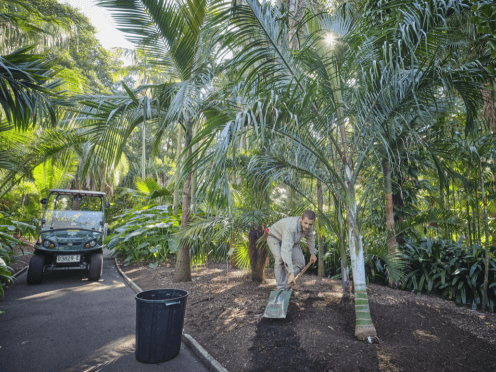
Botanic gardens across Australia and New Zealand are gearing up for Botanic Gardens Week running from 19 – 25 May.
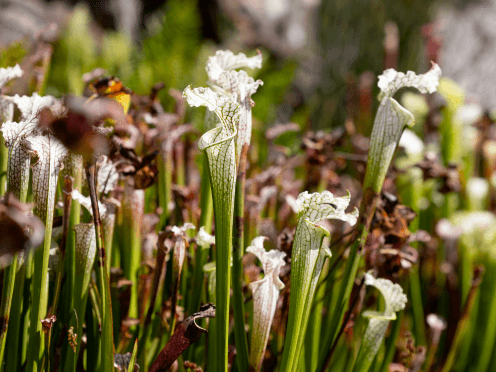
Three carnivorous plants to care for during the cooler seasons.

Three carnivorous plants to care for during the cooler seasons.